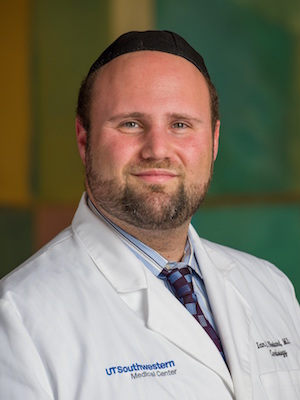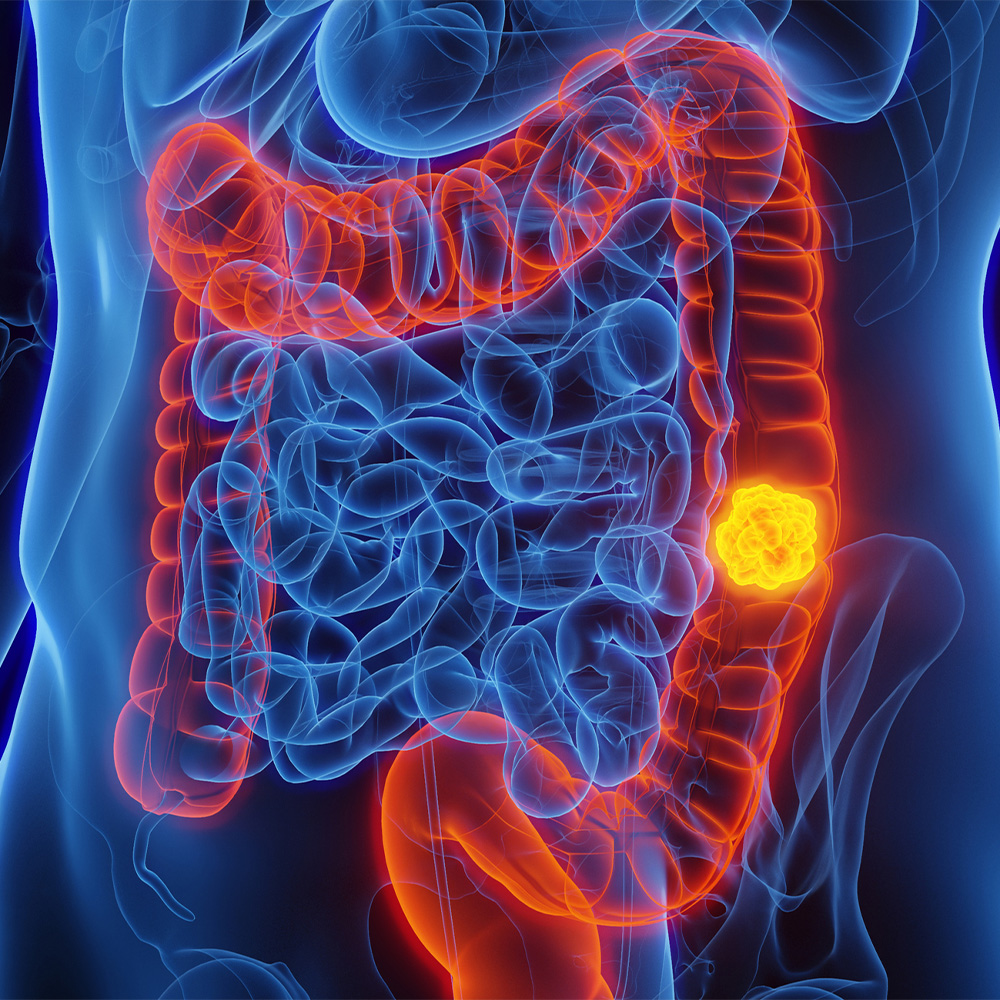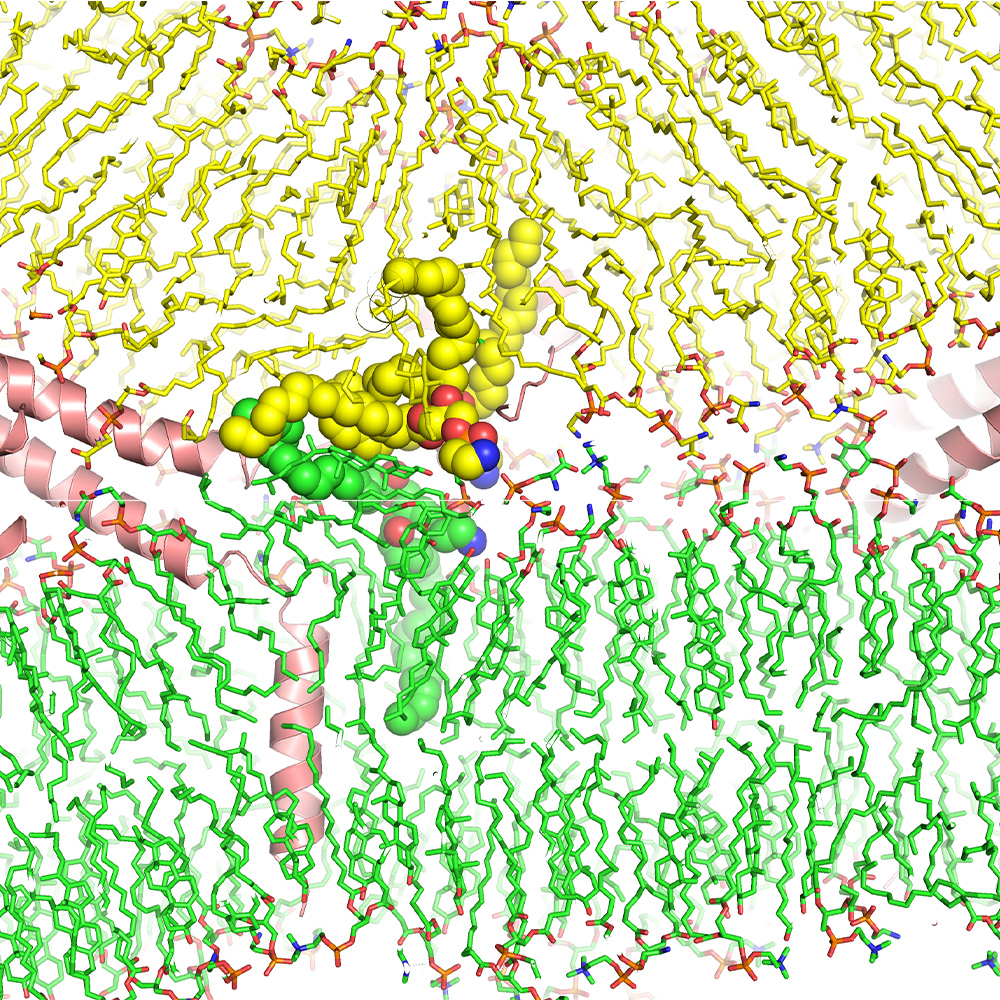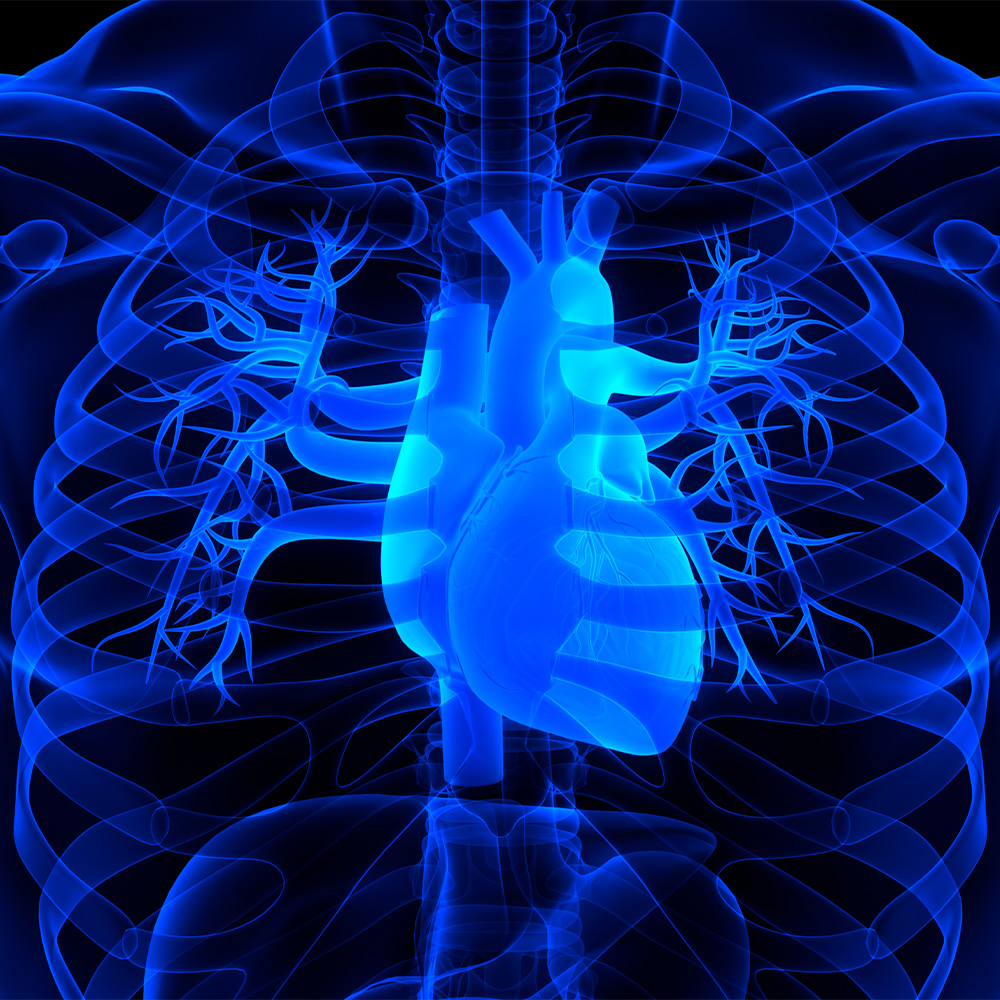How visceral fat leads to excess glucose production

DALLAS – February 2017 – Researchers at UT Southwestern Medical Center have demonstrated a pathway by which abdominal fat, in particular fat surrounding the internal organs, may lead to type 2 diabetes. Here’s a look at the study, which appears in the journal Metabolism.
What did the study find?
Using a new method never before applied in obese humans, researchers found evidence that too much visceral fat, which is the fat around the internal abdominal organs, disrupts multiple pathways by which the liver makes and regulates glucose, or blood sugar.
Why is that important?
These findings suggest that too much visceral fat may lead to high blood sugar and type 2 diabetes by sending excessive amounts of a byproduct called glycerol to the liver, causing abnormal function in the machinery that the liver uses to regulate glucose.
What are the clinical implications of the findings?
These findings open up new pathways of research and potential therapies to combat type 2 diabetes by targeting the visceral fat. New therapies directly aimed at lowering or changing visceral fat may lead to lowered risk and improved treatment of type 2 diabetes, which in turn is a precursor to heart disease.
How does this help other researchers/physicians in the field?
This new method – using an oral form of glycerol that can be traced in the body – can be used in many other research fields and is simple, highly acceptable to patients, nonradioactive, and reproducible. Glycerol is a component of fats in the body and is used by the body to make glucose (blood sugar).
What prior research at UTSW do these latest findings build upon?
The methodology used in this research study was based on prior work by Dr. Eunsook Jin, Assistant Professor in the Advanced Imaging Research Center and of Internal Medicine at UT Southwestern, and senior author on the study.
What cautions should be considered in interpreting the results?
This is a small, preliminary study with nine adult volunteers. Further studies with larger numbers of patients and additional interventions are needed to fully understand the results and potential implications.
This study was funded by National Institutes of Health (NIH) grant K23DK106520 to Dr. Ian Neeland, Assistant Professor of Internal Medicine; NIH grant R01DK099289 to Dr. Jin; and NIH grant P41EB015908 to Dr. Craig Malloy, Professor in the Advanced Imaging Research Center and of Internal Medicine and Radiology. Dr. Neeland, first author on the study, also receives support as a Dedman Family Scholar in Clinical Care at UT Southwestern.
Dr. Malloy holds the Richard A. Lang, M.D. Chair in Cardiology.




